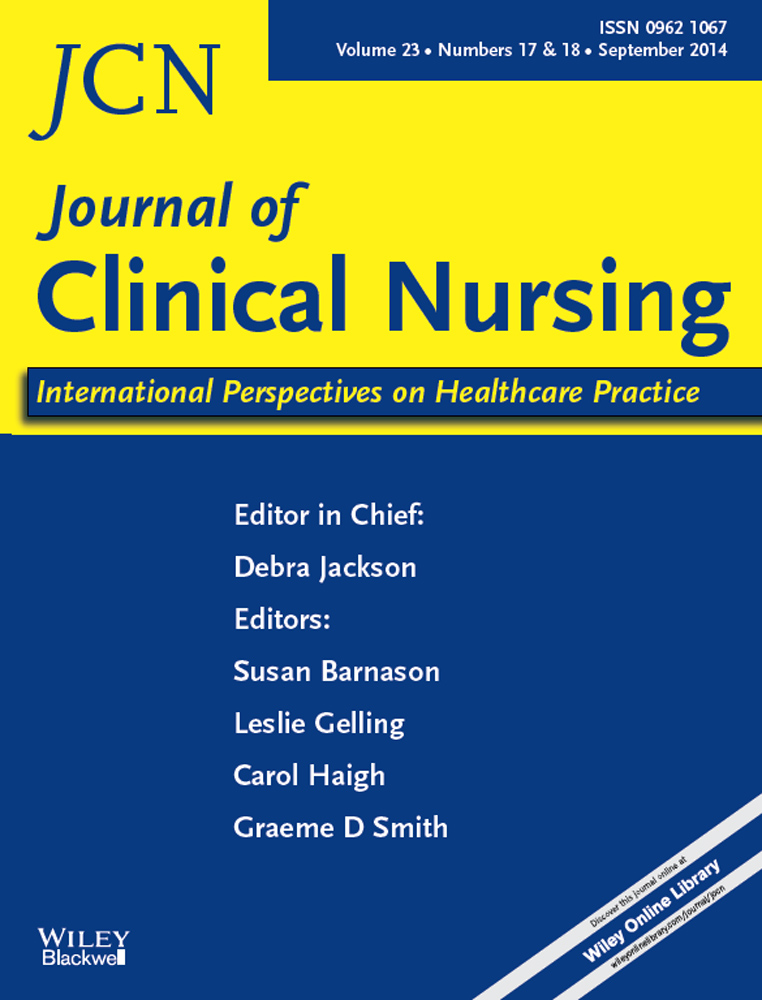Improving quality-of-life outcomes for patients with cancer through mediating effects of depressive symptoms and functional status: a three-path mediation model
Abstract
Aims and objectives
To test a hypothetical three-path mediation model evaluating the effects of functional status and depressive symptoms on the relationship between fatigue and quality of life in patients with cancer on the basis of the Theory of Unpleasant Symptoms.
Background
Patients with cancer often experience two or more concurrent, interrelated, mutually influential symptoms. Multiple unpleasant symptoms that have been proposed as mediating variables affecting quality of life in a model proposed in recent cancer studies are scanty.
Design
This study was a cross-sectional, descriptive, correlational design.
Methods
Three hundred and twenty-six patients with cancer from oncology clinics were recruited in Taiwan between 2010–2011. Mediation models were tested and confirmed by applying structural modelling using Analysis of Moment Structures and the joint significance test.
Results
Fatigue affects patient quality of life directly or indirectly through functional status and depressive symptoms. These two mediating variables exhibited direct effects on quality of life. A path analysis approach revealed that 47·28 and 67·70% of the total effects of functional status and depressive symptoms, respectively, on the quality-of-life mediation models are attributable to 29·6 and 44·7% of the total effects between fatigue and quality of life, which mediated through two mediators, respectively.
Conclusion
Quality of life may be enhanced by simultaneously improving physiological and psychological factors.
Relevance to clinical practice
An understanding of mediating effects is valuable in nursing care of patients with cancer, particularly in the early phase of treatment or in newly diagnosed stages I–III or recently treated patients with cancer in different disease stages.




